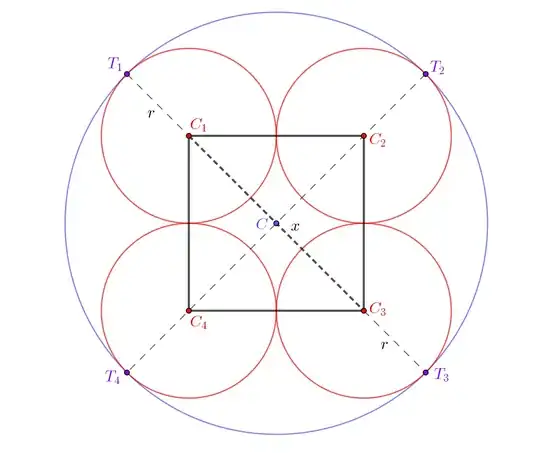I have two questions provided below about solving area for circles. They're from a previous homework I hadn't done but I wanted to try and do them now so I can prepare for my final. Any help with solving them is appreciated! I just wanted to figure them out now so I had some idea of how to do questions like these on a final.
For question 7, I had the idea that since the center of each circle belongs to the other circle that the overlapping region would be equal to $1/2(\pi r^2)$.
For question 8, I was thinking a similar idea that the diameter of the smaller circles would be equal to $1$ with the radius as $0.5$.

